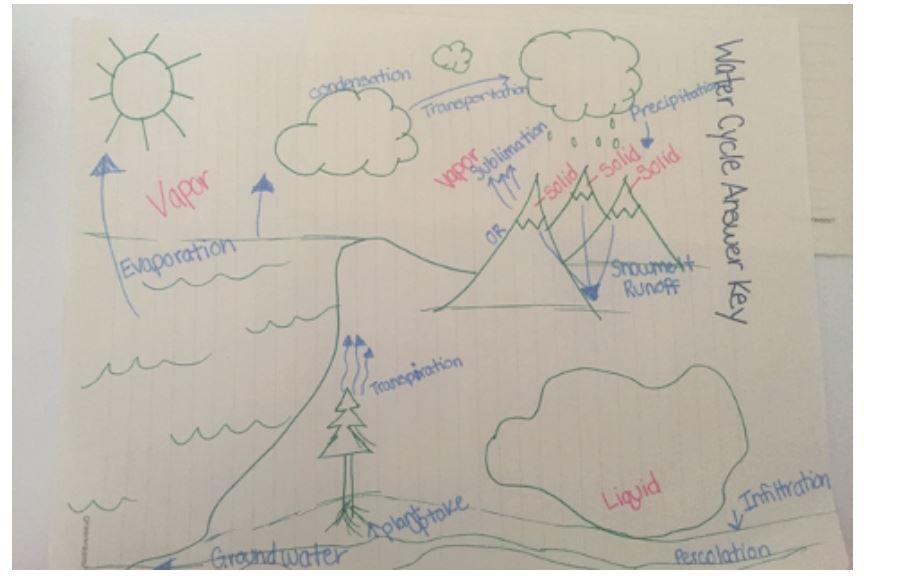TEACH-FLEX
Water, Water Everywhere (At Home)
Grade Levels: Middle School,High School
Kansas has a diverse climate from the east to west ends of the state. In many parts of the state, corn farms are rain-fed, known as dryland or non-irrigated farms. These farmers normally receive enough rainfall to raise a crop. As you move toward the western part of the state, the climate is more arid and more farmers supplement their crops with irrigation, with the water sources coming mainly from underground aquifers. Farmers also can irrigate their crops from surface water sources, such as rivers and ponds. Many areas of the high plains region of western Kansas benefit from the Ogallala Aquifer, which supplies a water source for irrigation. Yet, the aquifer is a limited resource, and farmers are working hard to extend its life by finding ways to use less water to produce their crops. When considering the irrigation needs of commercial crops, farmers must consider several variables. Is there groundwater or surface water available to irrigate the crops? Are the costs associated with irrigating justified economically? What is the best way to ensure that the water reaches the plant roots for the most benefit with the least amount of waste? Wind, evaporation, and runoff are all working against the farmer’s goal of getting the water into the soil and, ultimately, into the roots of the plant itself. With multiple types of systems available to help meet the demands of water delivery, it is critical to understand some basics of irrigation. In this lesson, students will construct and evaluate some of the multitude of irrigation possibilities based on the amount of water that reaches deep enough in the soil to be taken up by the plant.
Quick Links
This lesson is the work product of the Kansas Corn Commission. Our lessons are written in collaboration with Kansas teachers for use in the classroom. Teachers may copy and share this curriculum. Use of this product for commercial or promotional use is prohibited without express permission of Kansas Corn.
Newsletter Sign Up
Each quarter we release a newsletter written by teachers for teachers. This is an easy way to keep up with what is happening at Kansas Corn STEM.
Subscribe Today!

